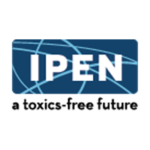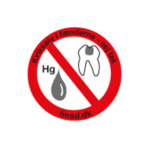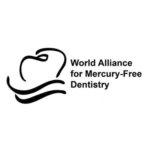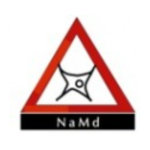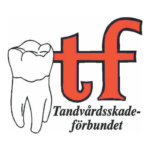With the Bonn Declaration on Dental Amalgam, more than 50 non-governmental organizations and researchers are calling for a decision by the German government to phase out amalgam by 2025 at the latest.
The demand was published on the occasion of the entry into force of the EU Medical Devices Regulation on May 26. Although significantly stricter requirements now apply, it cannot be ruled out that amalgam fillings will receive special market approvals.
The organisations, including dental assistants and environmentally conscious dentists, patient organizations and nature conservation associations, therefore call for a decision by the German government and point out that amalgam fillings not only pose a direct health risk, but also contribute significantly to the environmental mercury pollution.
The decision to phase out amalgam in Germany by 2025 would also have major social benefits and a significant impact on international regulations, where the consent of the German government is strongly needed.
For the revision of the Minamata Convention in 2022, the African region has proposed an ammendment to cease the production and import of amalgam by 2027. Especially in developing countries where there is no expensive infrastructure for hazardous waste from amalgam, they would rather do without the outdated filling material right away.
For its part, the European Commission is preparing a legislative proposal to phase out amalgam by 2030 or before, after a study concluded that it is both technically and economically feasible.
Germany would not even be a pioneer: Italy has just announced that it will phase out the use of amalgam by December 31, 2024, and in Sweden or Norway amalgam has been banned for more than 10 years.
Joachim Müller-Jung, head of the department ‘nature and science’ at the Frankfurter Allgemeine Zeitung, wrote in his article about the Declaration, FAZ 28.05.21: ” It’s time to end the chapter… Everything speaks in favor of phasing out amalgam, including the tightening of rules worldwide. The international Minamata Convention, the EU mercury regulation, the “Zero Pollution Action Plan” recently presented by Brussels and also the medical device regulation revised after the breast implants scandal, which just came into force, all say according to strict interpretation the same: amalgam was yesterday and no longer belongs in the mouth. The advances in alternative filling materials are nowadays celebrated in specialist journals such as the dental magazine.“
Particularly considering that Norway and Sweden have dispensed with amalgam for years and in Switzerland, the Netherlands, Spain, Italy and other countries more than 98 percent of alternative filling materials – composites and glass ionomer cements – are used, the arguments of the Federal Dental Association and the National Association of Statutory Health Insurance Dentists seem groundless.
“Due to its ease of use, durability and cost-effectiveness, dental amalgam continues to be a suitable filling material for a number of restorations,” they write in their statement on the occasion of the revision of the EU mercury regulation. The development of a substitute material equivalent to the amalgam has not yet been completed “as is the research into the short and long-term effects of the currently available restoration materials.
“In summary, the result of their weighing of interests is: You are welcome to pull the dirty cart out of the mud at some point – just let’s go ahead and wait until the ingenious solution is found. Old dentist wisdom: Sometimes the tooth just has to go out to prevent worse.” writes Joachim Müller-Jung.
Click here for the joint website of the Bonn Declaration on Dental Amalgam with the signatories and statements and here to find an english translation.




